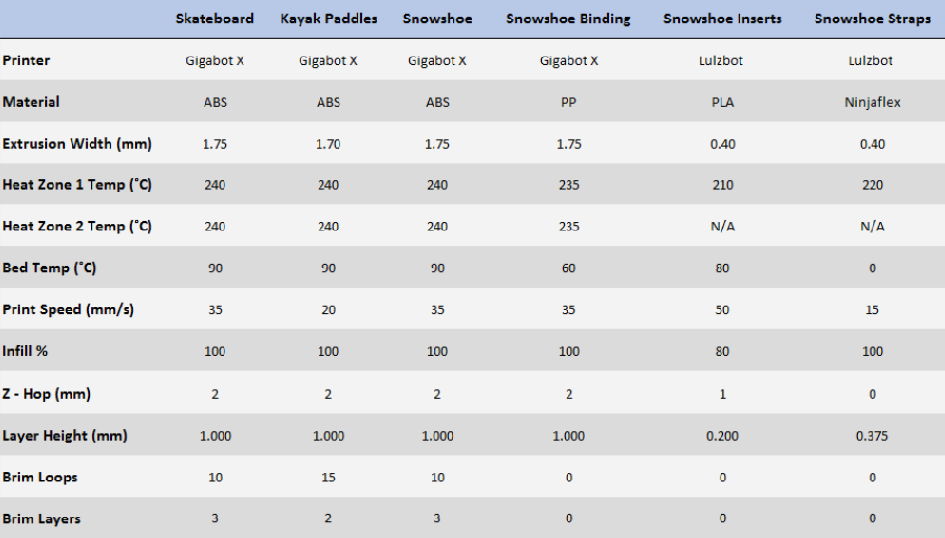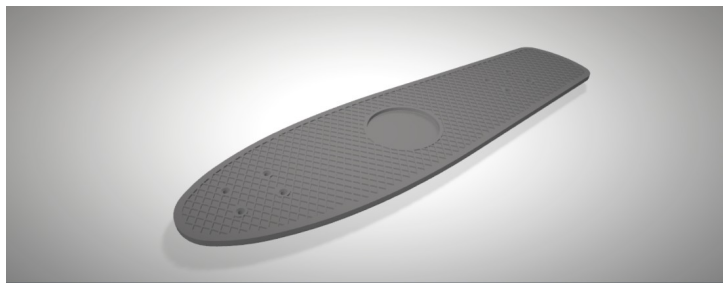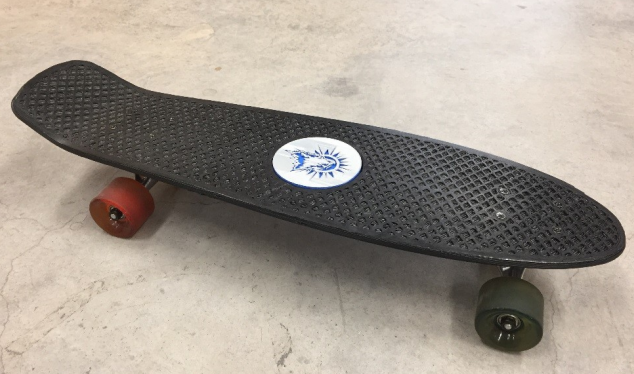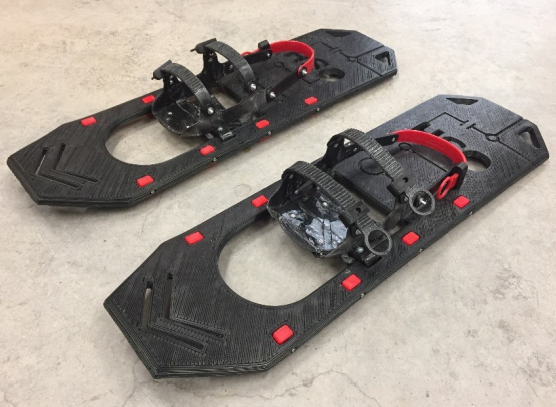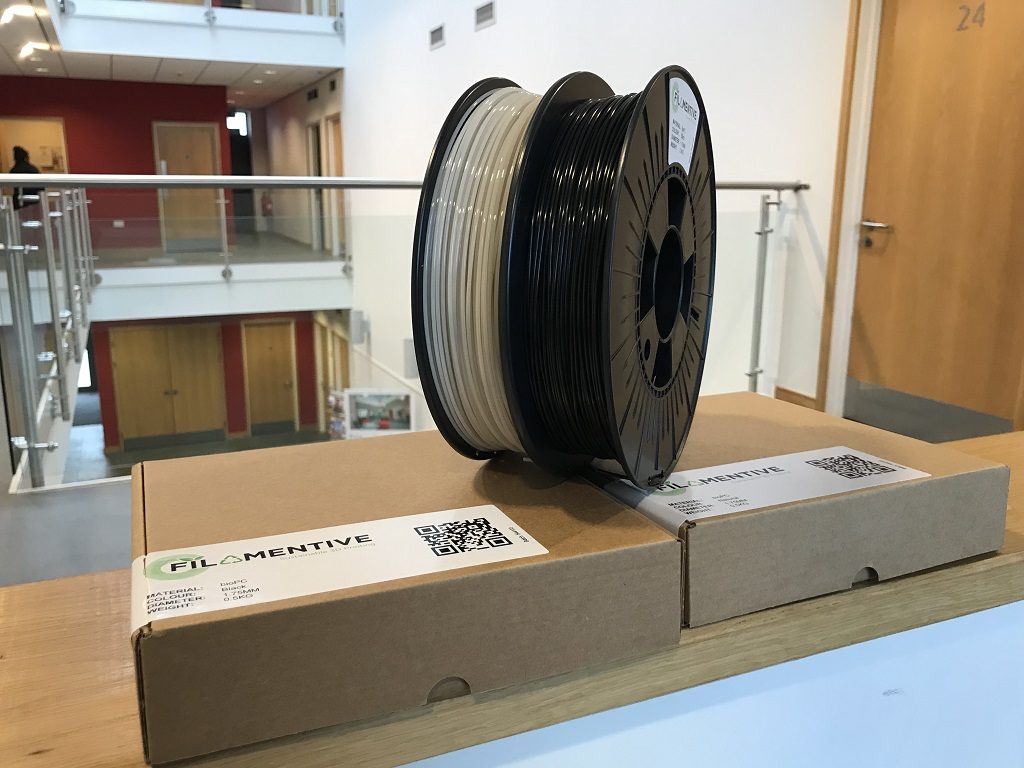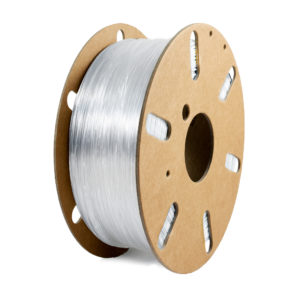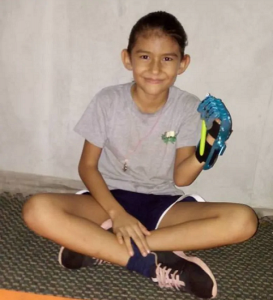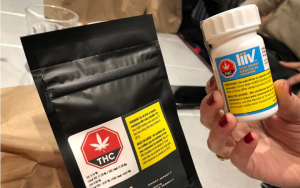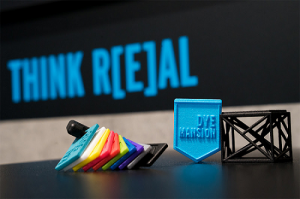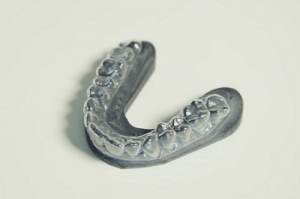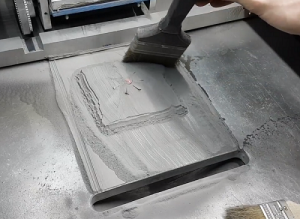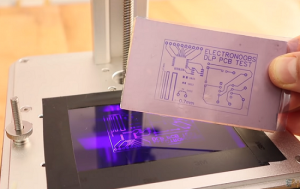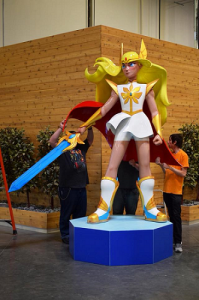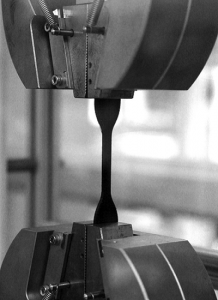Fab labs, growing in popularity around the globe, have a reputation for being smaller forums where the tools are provided for creative manufacturing, often centered around 3D design and 3D printing in a group setting. Materials obviously play a large role in these progressive environments. Now, researchers are studying a new program, outlining their findings in ‘Green Fab Lab Applications of Large-Area Waste Polymer-based Additive Manufacturing.’
A vast majority of 3D printing projects are created with plastics, causing the authors to explore the idea of fused particle fabrication/ fused granular fabrication (FPF/FGF) printing in a streamlined recycling manner—fabricating directly from a supply of plastic waste (FPF is one of the names for Material Extrusion 3D printing using granules or pellets). This concept would allow green fab labs to function as creative communities—but also as recycling centers. Open source industrial 3D printers would be necessary for such an operation, and the researchers chose the Gigabot X for this study, mainly, although an FFF 3D printer, the Lulzbot Taz, was used for fabricating more detailed parts due to its 0.5 mm nozzle.
Such an operation will embody the concepts of the following:
- Open source symbiotic economies
- Biomimicry
- Regenerative design
- Circular economy patterns
Currently, numerous fab labs are exploring how 3D printing can be beneficial to the environment, beginning with the simple fact that it is ‘less environmentally detrimental’ than traditional manufacturing. Upcycling waste into filament is also becoming more popular, with numerous different types of machines being developed to handle this type of production for creating re-usable materials. the researchers point out that they have been responsible for successful recycling with a variety of different plastics, including PLA and ABS, and some other alternative materials too.
Sports equipment was printed for the project, and included a skateboard, kayak paddles, and snow shoes to complete the case study. Blender and FreeCAD were used for designing the products so that the open-source community would have access.
Printing times were as follows:
- Skateboard – 11 hours, 54 minutes
- Kayak paddles – 7 hours, 45 minutes (per set)
- Snow shoes – 18 hours and 16 minutes (per set)
Overall, the researchers found that the Gigabot X offers definite ‘economical potential’ as a recycling system, and it successfully produced the ‘high-value’ sports products in all three case studies. The project was a success economically, even regarding use of electricity, and efforts spent customizing some of the parts substantially.
“For some products the profit potential and return on investment was substantial (e.g. over 1000%) for high capacity use of a Gigabot X. These results clearly show that the economic benefit of distributed recycling and on demand production of large, functional objects using an integrated FPF/FGF tool to promote circular manufacturing,” concluded the researchers.
Although plastics have many uses throughout the world, the question of what to do with them when they are no longer useful to us has become a topic of great concern, along with continued emphasis on recycling and the best methods for doing so—along with constant campaigning everywhere to encourage consumers not to dump items into landfills when materials can be re-used. Almost as soon as 3D printing blasted its way into the mainstream, what to do with all that plastic became an accompanying conversation, whether discussing cannabis containers being made into prostheses, following recycling 3D printing enthusiasts traveling the oceanside in mini-vans, or exploring the possibilities of recycling e-waste into 3D printers.
What do you think of this news? Let us know your thoughts! Join the discussion of this and other 3D printing topics at 3DPrintBoard.com.
[Source / Images: ‘Green Fab Lab Applications of Large-Area Waste Polymer-based Additive Manufacturing.’]


